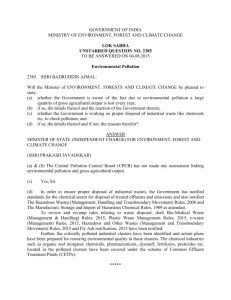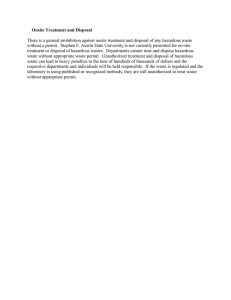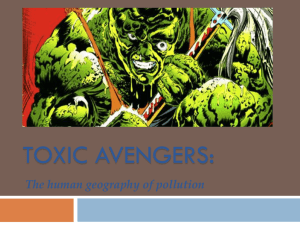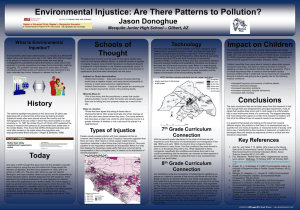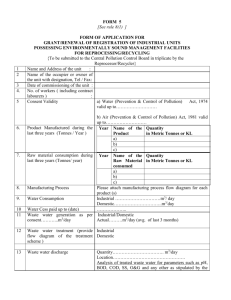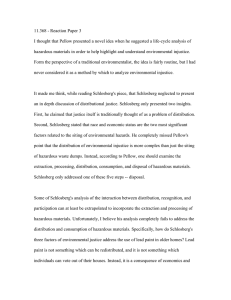11.368 - Reaction Paper 2
advertisement
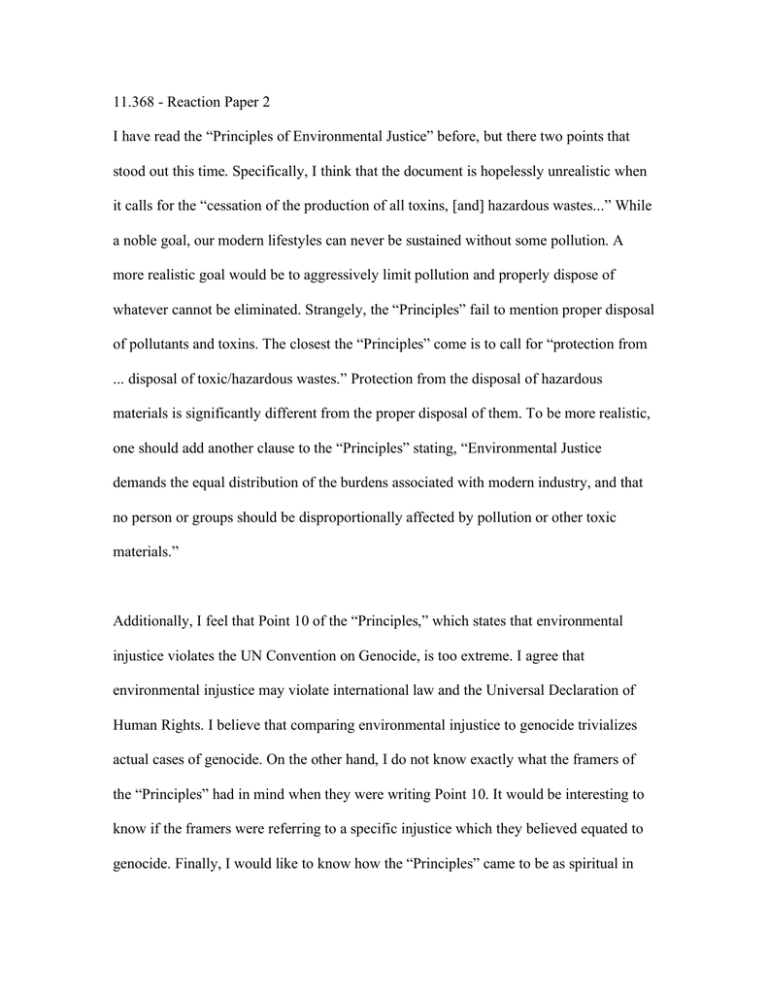
11.368 - Reaction Paper 2 I have read the “Principles of Environmental Justice” before, but there two points that stood out this time. Specifically, I think that the document is hopelessly unrealistic when it calls for the “cessation of the production of all toxins, [and] hazardous wastes...” While a noble goal, our modern lifestyles can never be sustained without some pollution. A more realistic goal would be to aggressively limit pollution and properly dispose of whatever cannot be eliminated. Strangely, the “Principles” fail to mention proper disposal of pollutants and toxins. The closest the “Principles” come is to call for “protection from ... disposal of toxic/hazardous wastes.” Protection from the disposal of hazardous materials is significantly different from the proper disposal of them. To be more realistic, one should add another clause to the “Principles” stating, “Environmental Justice demands the equal distribution of the burdens associated with modern industry, and that no person or groups should be disproportionally affected by pollution or other toxic materials.” Additionally, I feel that Point 10 of the “Principles,” which states that environmental injustice violates the UN Convention on Genocide, is too extreme. I agree that environmental injustice may violate international law and the Universal Declaration of Human Rights. I believe that comparing environmental injustice to genocide trivializes actual cases of genocide. On the other hand, I do not know exactly what the framers of the “Principles” had in mind when they were writing Point 10. It would be interesting to know if the framers were referring to a specific injustice which they believed equated to genocide. Finally, I would like to know how the “Principles” came to be as spiritual in nature as they are. I was also slightly confused by the Cole and Foster article, “From the Ground Up.” The authors name the anti-toxics movement as one of the most significant factors behind the greater EJ movement. They proceed to state the the “traditional environmental law community” was not focused on EJ until relatively recently. I do not understand how the anti-toxins movement is different from the traditional environmental community. Until I read the Cole and Foster piece, I had never heard of the anti-toxins movement. I was under the impression that public outcry over toxic chemicals and pollution in general was both the impetus for and result of laws like the Clean Air Act and the Clean Water Act. I associate these, and other watershed pieces of environmental legislation, with the traditional environmental movement. In short, I'd like to understand the difference between the anti-toxics movement and the traditional environmentalists.
